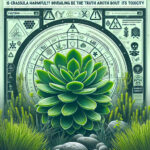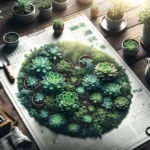Unearthing the Truth About Crassula Toxicity
Imagine this: you’re making your cozy living space lush with vibrant greenery when you come across the Crassula, a jewel among houseplants. Its allure is undeniable; with its thick, shiny leaves it captures the eye of plant lovers around the globe. But a shadow looms over the widespread adoration—rumors that speak of its potential danger. Is there truth behind the whispers that these captivating succulents are poisonous to humans?
Let’s dig into the heart of this concern. The Crassula genus, a member of the stonecrop family, is celebrated for its hardy nature and minimal care requirements, making it a darling in the realm of houseplants. Despite its popularity, one can’t turn a blind eye to the safety questions that have surfaced. Homeowners and plant aficionados alike have voiced their worries—could these plants compromise the health of their families?
Setting the stage for a deeper exploration, the Crassula, commonly known as Jade Plant or Money Tree, has nestled into homes with open arms. Yet, with our little ones frolicking nearby and our curiosity picking at the cautionary tales, we find ourselves asking: Are these succulent beauties friends or foes?
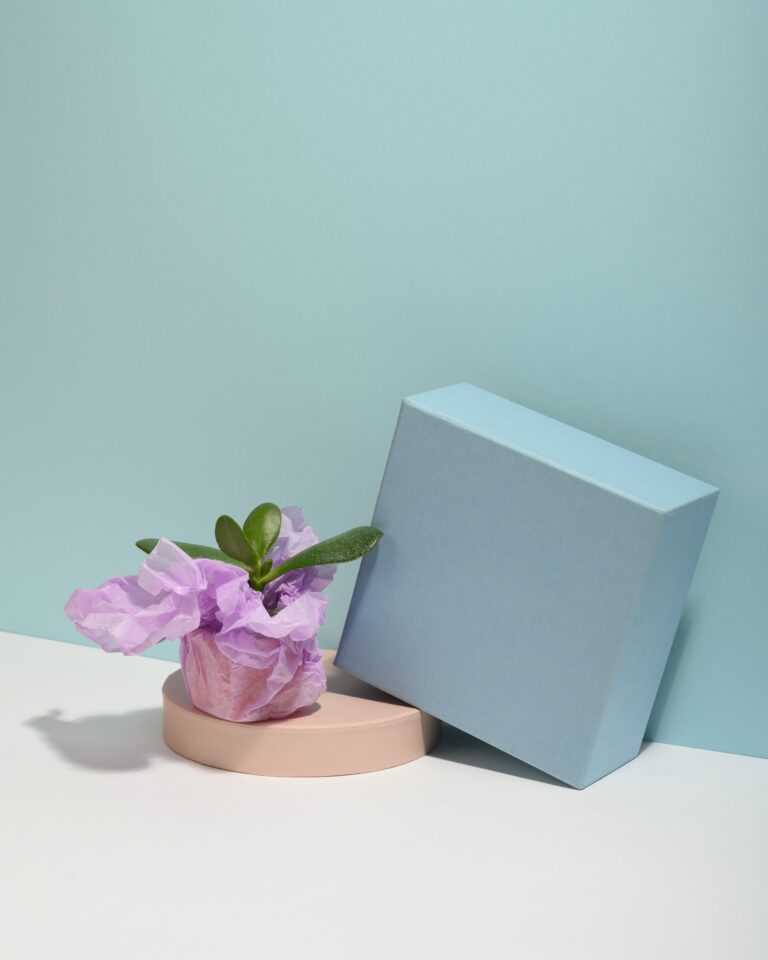
The debate isn’t just green thumb gossip; there are genuine concerns rooted in the wellbeing of our loved ones. It’s time we peel back the layers of hearsay and look to scientific evidence for clarity. With this investigation, we aim to separate fact from fiction and provide you with peace of mind, knowing whether Crassula plants can stay as your leafy companions without any hidden risks.
For those already captivated by these succulent charms and keen on keeping them thriving, understanding their nature is key. Don’t let your guard down yet; continue your journey of botanical discovery and learn to cultivate these green gems safely by exploring our insights on Crassula Jade Care: Tips for a Thriving Succulent Haven.
As we zoombot through this section, we will not only unearth the truth about Crassula toxicity but also equip you with the knowledge to make informed decisions for your household’s flora. Are you ready to delve into the heart of the matter? Stay tuned and let’s leaf no stone unturned!
What Makes a Plant Poisonous?
Ever brushed up against a plant and then suddenly found yourself with a rash? Or perhaps you’ve heard of someone’s pet falling ill after munching on an innocent-looking leaf. It’s all due to a rather intriguing, but potentially dangerous feature of some plants – their toxicity. Let’s dive into the botanical world and uncover what makes these green wonders a hidden concern for our health.
Plants are the ultimate chemists, concocting a vast array of compounds to ward off predators, fight off diseases, and adapt to their environments. Some of these compounds are harmless to humans, but others can be anything from mildly irritating to downright deadly. Believe it or not, a plant’s beauty often masks the potent chemical warfare it harbors within. From the alluring but perilous belladonna to the seemingly innocuous philodendron, these living organisms have been perfecting their self-defense mechanisms for millennia.
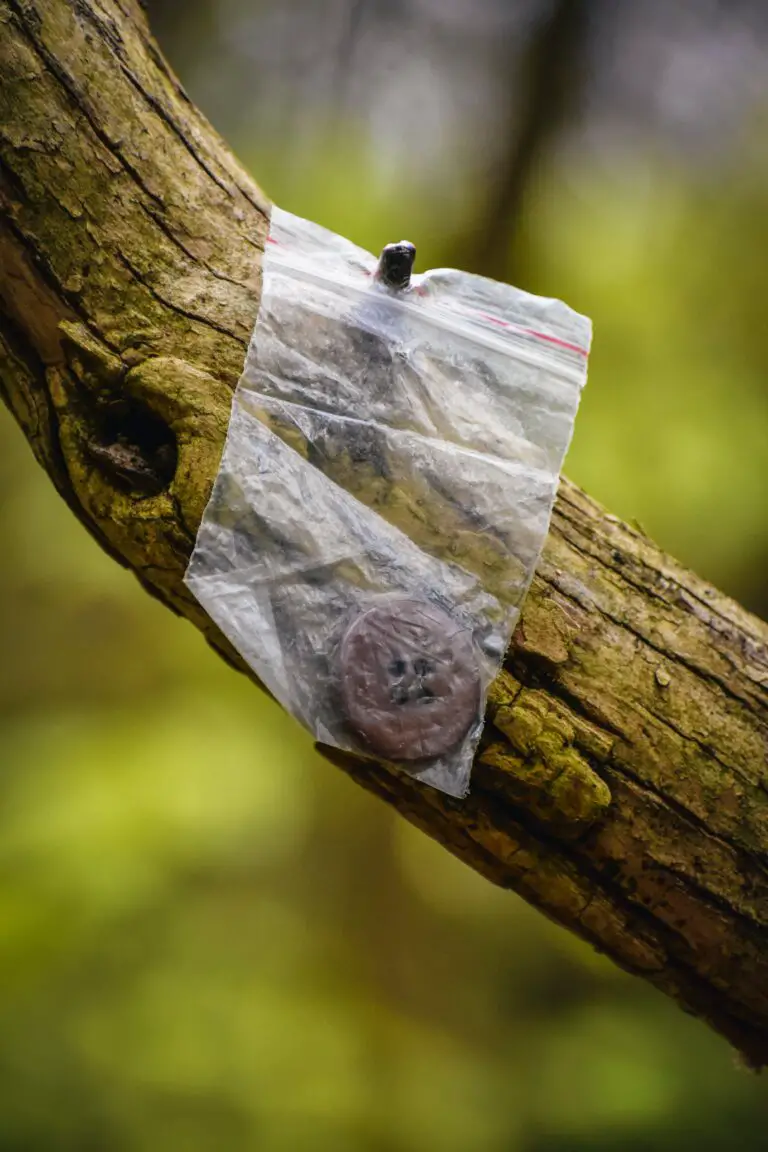
Take alkaloids, for example, a group of nitrogen-containing compounds notorious in the plant kingdom. They can cause a spectrum of effects on humans, from hallucinations to heart problems. Then there are glycosides, sugar-bound chemicals that, when metabolized, can influence heart rate and muscle contractions. And don’t forget oxalates; these sharp crystals can lead to kidney stones when consumed in high amounts.
It’s a jungle out there, and not just literally! While some toxic plants are easily recognizable, such as the infamous poison ivy, others like the lovely but lethal oleander might take you by surprise. The key is education and caution. By understanding which plants might be harmful, you can enjoy nature’s bounty without fear. And speaking of plant care, if you want to delve deeper into how to nurture your green companions while staying safe, check out this fascinating article on Crassula Obliqua Plant Care.
Remember, the line between a healing herb and a harmful weed can be quite thin. It’s all about the dose and the details. So, whether you’re a gardening guru or just someone enjoying a walk in the park, keep those eyes peeled and those curiosity buds tingling with knowledge about what’s safe to touch, taste, and take home.
A Closer Look at Crassula Plants
In living rooms and office spaces alike, the Crassula genus has made its mark as an admired decorative companion. Often touted for its easy-going nature and appealing aesthetic, this group of plants encompasses a variety of species that have nestled comfortably into our daily lives. Of these, the most familiar is undoubtedly Crassula ovata, commonly known as the Jade plant.
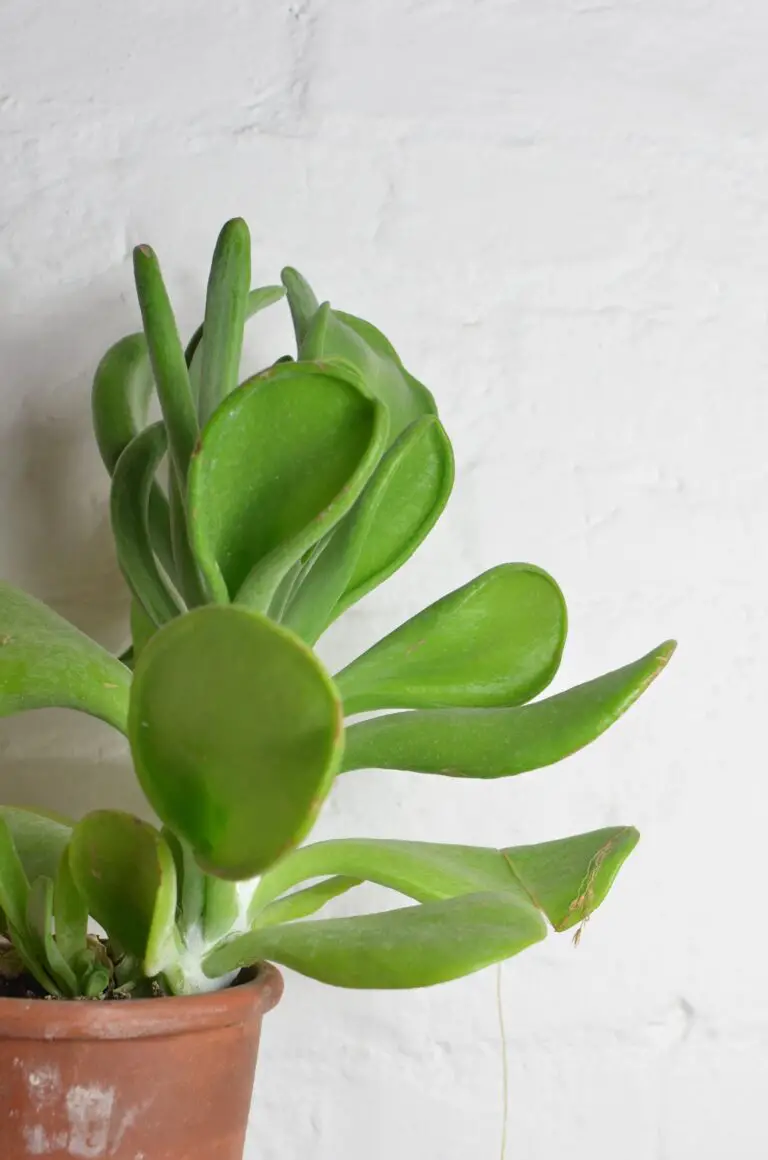
The Jade plant, with its glossy, fleshy leaves radiating a vibrant green hue, has a reputation for bringing a touch of prosperity and good luck. It’s the poster child of resilience, able to withstand neglect without throwing a leafy tantrum. Yet beyond its tough exterior, have you ever wondered about the silent stories these potted friends could tell?
Imagine the sunny climes of South Africa, where Crassula ovata sinks its roots in native soil. It’s here that these succulents thrive in the wild, basking in the harmony of sunshine and well-draining land. Adapted to less-than-forgiving environments, they store water within their leaves, embodying the very essence of resourcefulness.
Within our homes, these stalwart survivors continue to flaunt their low-maintenance charm. They don’t demand much—just a spot near the window and a sparing sip of water every now and then. It’s no wonder they’re a hit among both green thumbs and those notorious for their plant-caring mishaps. Take a peek at this care guide to secure your own slice of this hardy heritage.
But let’s not just admire the proverbial book by its cover. Jade plants can grow to a considerable size if given the proper care, morphing from petite pot dwellers to commanding room features. It’s a slow dance of growth, where patience rewards you with a loyal green companion that stands the test of time—transforming spaces with a serene splash of nature.
While many of us cherish the Jade plant, it’s merely one chapter in the expansive Crassula genus storybook. As we dig deeper, we uncover a diverse tapestry of varieties, each with its unique twirls and quirks. Amidst this lush lineup, the question lingers—is Crassula a friend or foe to human health? The voyage to unearth this truth is as intriguing as the plants themselves.
Investigating Crassula Safety: Facts vs. Myths
When it comes to our leafy companions, the lively Crassula plants are often celebrated for their charming appeal and low-maintenance personality. But lurking behind their jade-like allure, a question arises that could make any plant enthusiast pause and ponder: could these succulents be a clandestine threat to our wellbeing?
Take a stroll through a bustling plant-lover’s forum or catch a glimpse of a gardener’s blog, and you’ll likely stumble upon a bewildering mix of anecdotes and advice regarding the safety of these stout green friends. It’s time we delve into the evidence, separating fact from fiction and illuminating the reality of Crassula toxicity to humans.
Drawing from the rigorous work in scientific literature and tapping into the deep well of expert opinions, we’re on a mission to uncover the truth. Do these resilient plants, often found basking on sunny windowsills, hide a dangerous secret in their fleshy leaves?
Imagine, if you will, a curious toddler navigating the maze of household flora, or a rookie gardener pricking a finger on a sharp edge—situations all too common in our daily lives. The implications of plant toxicity can stretch from a mere skin irritation to something much more severe. What should we expect if the underappreciated Crassula crosses paths with our delicate human biology?
While concern for our furry friends often takes precedence—and rightly so, as several species within the vast family of succulents do pose risks to pets—the question of human safety remains somewhat in the shadows. But fret not; enlightenment is within reach, and we’re here to shine a spotlight on every crevice of uncertainty regarding these succulents.
Some claim that all it takes is a taste of temptation, nibbling on a leaf out of curiosity or mishap, for one to encounter the hidden harm of our verdant villains. Yet, these stories often lack the empirical backbone we seek. A rigorous sleuthing through academic texts and toxicology reports is crucial to confirm or debunk the notorious reputation that may be wrongly attributed to these plants.
And what better way to enhance our understanding than with a lesson straight from the source? Let’s take a look at a video diving into the nature of Crassula plants, and perhaps, we’ll find ourselves a step closer to discerning their true character.
As you’re whisked away by the allure of these captivating plants, it’s essential not to overlook the importance of informed caretaking. For a deep dive into the nurturing of Crassula and ensuring they flourish without fear, consider exploring our comprehensive guide on Crassula Obliqua Plant Care, where keen gardeners and aspiring green-thumbs alike can unearth a trove of tips for enhancing your green space safely.
Through the lens of analytical inquiry, we press on in our quest to demystify the rapport between Crassula plants and human health. Stay tuned as we continue to peel away layers of conjecture, arming ourselves with knowledge to navigate the verdant world of houseplants with confidence and clarity.
Recognizing Symptoms of Plant Poisoning
When it comes to indoor and outdoor plants, the peaceful Crassula might be the last species you’d suspect of being a potential hazard. Yet, understanding the signs of plant poisoning is crucial for every plant enthusiast or household with green corners. While the Crassula species are not known to be majorly toxic to humans, knowing what symptoms to look out for can be a game-changer in ensuring safety.
Imagine this – it’s a sunny afternoon, and you decide to repot your lovely Crassula. Later that evening, you feel a ticklish sensation in your throat, a bit of nausea, or even a mysterious rash on your hands. Could it be that your green friend is not as benign as it seems? Symptoms like these, while often mild and non-specific, might be your body’s way of flagging an unwanted reaction to plant handling.
Firstly, skin irritations are the sentinels of plant-related discomfort. Notice any redness, itching, or blisters after potting your Crassula? It’s time to consider if you’ve experienced plant poisoning. Similarly, gastrointestinal indicators such as stomach pain, vomiting, or diarrhea, though common ailments, could also be subtle whispers of your body responding to a plant toxin. Don’t brush them off – especially if you’ve been in close contact with your garden’s flora.
Breathing difficulties, however, are red alerts. They’re less likely when dealing with Crassula plants, but never out of the question. Being in tune with your body’s reactions post-interaction with any plant is key to swift and effective action. And remember, while the Crassula may not be a notorious villain in the plant kingdom, individual sensitivities can play a significant role in how it affects you. Always err on the side of caution.
In the world of plant care, knowing is half the battle. Should any of these symptoms arise, it’s imperative to consult with a medical professional or a Poison Control Center at once. Staying informed and vigilant can keep your plant-loving experience both joyful and safe.
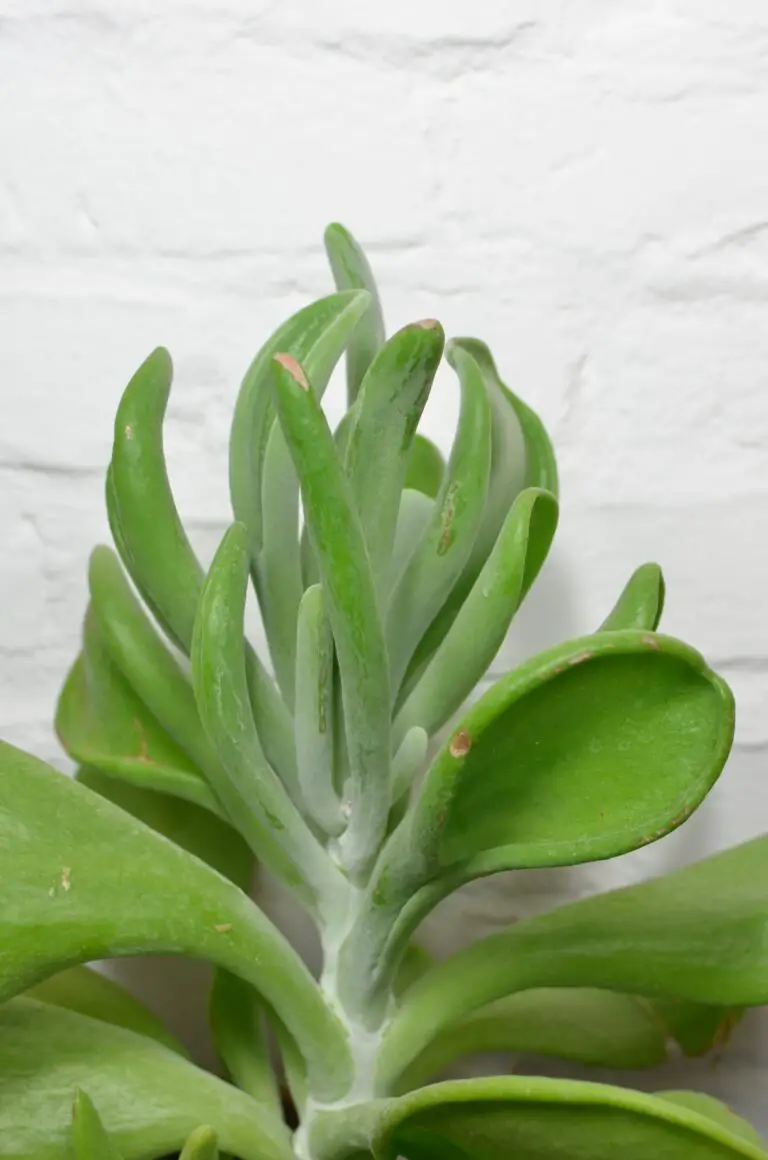
Safeguarding Your Home: Non-Toxic Plant Options
Scanning the lush landscape of indoor foliage, health-conscious plant lovers yearn for greenery that doesn’t carry a risk to themselves or their loved ones. It’s a legitimate concern—after all, plants like Crassula can occupy the gray area of safety in homes. But fear not! For every potentially harmful houseplant, there exists a verdant variety that offers peace of mind.
Let’s take the Snake Plant, scientifically known as Sansevieria. This stripy sentinel stands guard with its pointed leaves, an air-purifying warrior that’s incredibly easy to care for. Despite its name and serpentine appearance, it poses no threat to human health, making it a top choice for homes, nurseries, and even classrooms. And guess what? It also happens to thrive on neglect. So, for those who may not have a green thumb, the Snake Plant won’t turn your plant-caretaker dreams into wilted nightmares.
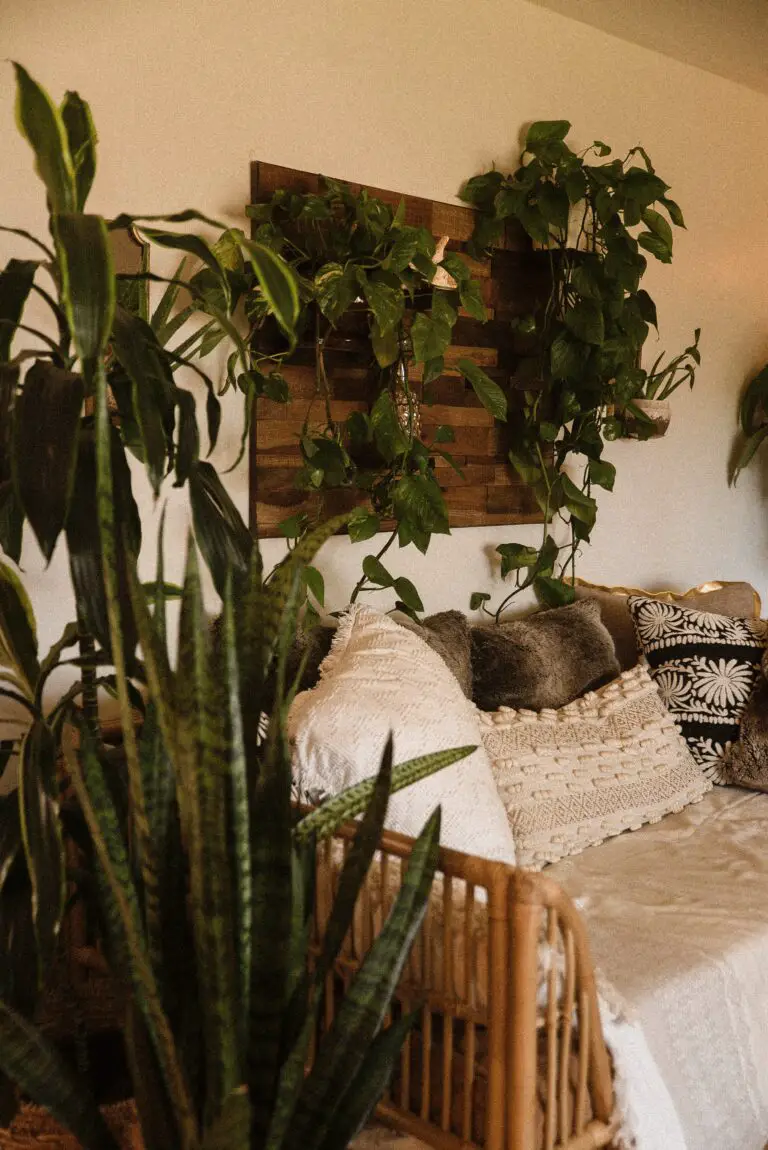
Another superhero in the realm of non-toxic plants is the proverbial Spider Plant. With its arachnid-esque foliage, it dangles delightfully from baskets, purifying your home without the peril. And if you have curious pets or children, rest assured, the Spider Plant won’t ensnare them in a toxic web.
For the aesthetically driven individual, feast your eyes on the bright and bouncy Boston Fern. This classic houseplant bridges the gap between elegance and safety. Its graceful fronds arch and cascade, bringing a soft textural element to any room without the worry. Plus, it’s a humidifier’s natural ally, returning moisture to the air with every exhalation of oxygen.
In a nutshell, your domestic oasis need not be an undercover risk. From the robust Rubber Plant to the cheerful cast of non-toxic succulents, the spectrum of safe indoor flora is as broad as it is beautiful. Nurture these leafy allies, and you’ll find that your green haven is not just stylish, but also perfectly poised to protect the well-being of everyone basking in its splendour.
First Aid: Responding to Accidental Ingestion
Imagine this: You’re enjoying the thoughtful arrangement of succulents on your windowsill, but then little Timmy, curious as ever, takes a leafy nibble out of your prized Crassula. Alarming? Definitely. Before you’re overtaken by a wave of panic, let’s walk through the safe and effective steps to handle such scenarios.
First off, keep calm. It is essential that you don’t let anxiety control your actions. Crassula, like many household plants, can be harmful if ingested, but prompt and proper response is key. If Timmy is conscious and able to clarify what happened, ask him to point out the plant he chewed on, so you know exactly what you’re dealing with.
Now, it’s time to take action.
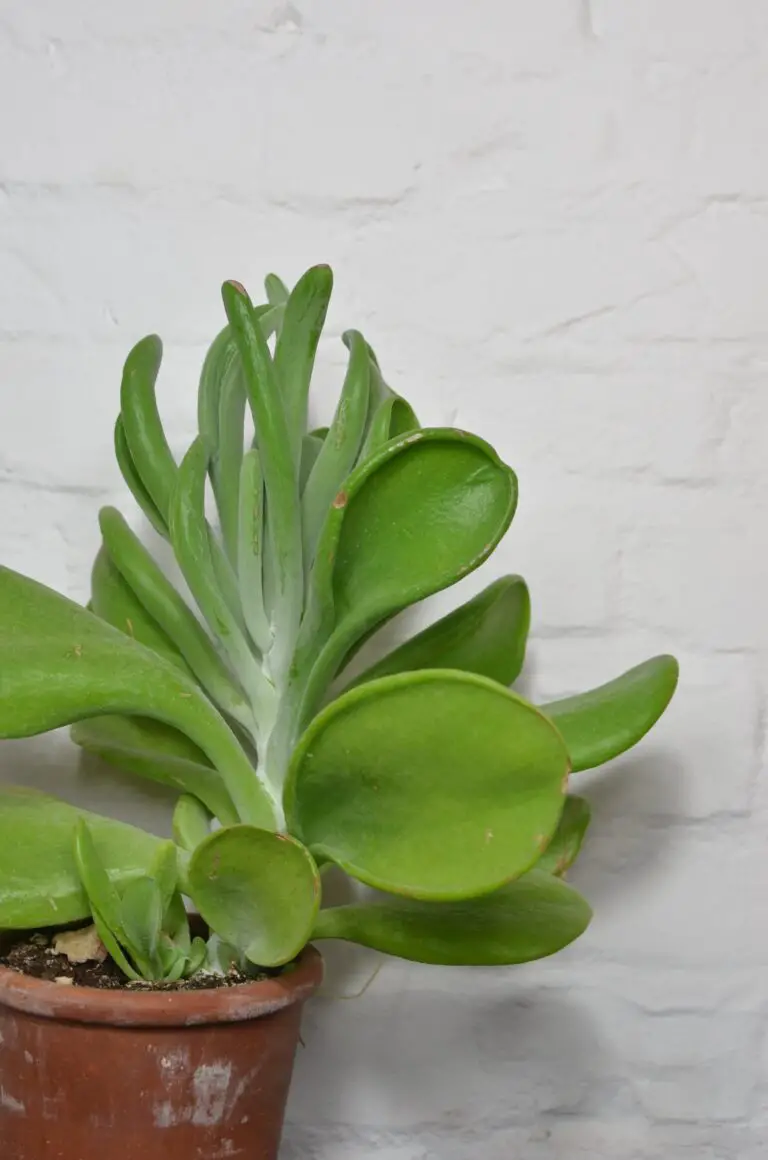
Rinse Timmy’s mouth with water to remove any remaining plant pieces. Ensure that he hasn’t swallowed anything that could obstruct his airway. If he complains of a burning sensation or shows signs of distress, it’s crucial to call your local poison control center or seek medical guidance. Remember, the advice from a medical professional is priceless in these situations.
While you wait for advice or help to arrive, keep Timmy calm and comfortable. Watch for any changes in his condition, and do not attempt to induce vomiting unless instructed by a health professional. This is key: Inducing vomiting without proper direction can sometimes do more harm than good, potentially causing more of the toxic substance to be absorbed.
In some cases, if the ingestion is minimal and the plant is not highly toxic, the situation may not be dire. Nevertheless, it’s paramount to seek professional advice to be on the safe side. Even if Timmy feels okay, some plant toxins could have delayed effects.
Now, if you don’t have the number for a poison control center handy, it’s a good time to find it and keep it somewhere accessible. It’s one of those numbers that you never hope to use but should always have at the ready. The key takeaway? Always err on the side of caution and let the experts guide you through the next steps to ensure safety and health after such an incident.
The Debate Around Crassula: How Risky Is It Really?
The crassula plant, with its attractive fleshy leaves and versatility, often finds its way into our homes and gardens. However, sitting beneath its charming exterior lies a question that concerns many: is crassula poisonous to humans? The discussion isn’t black and white; instead, it unfolds in shades of green, much like the succulent itself. So, let’s dig into the roots of this debate and uncover what risks, if any, crassula poses to us.
First off, it’s crucial to note that there are numerous species within the crassula genus, and their potential effects on human health can vary. While most varieties are generally considered non-toxic, there are certain species, such as Crassula arborescens (also known as the Silver Jade Plant), that contain compounds which could pose a threat if ingested in significant quantities. In the leafy labyrinth of urban legends and grandmother’s tales, anecdotes of mild discomfort have circulated, stirring a pot of concern among plant enthusiasts and pet owners alike.
Yet, what does science say? Embarking on a quest for hard facts leads us to research studies and toxicological reports that, albeit limited, offer some clarification. Most scientific findings align on the consensus that crassula plants are unlikely to be hazardous to humans when touched or handled. The alarm bell rings faintly, and only for cases of ingestion, which are rare, and often involve curious toddlers or pets with an appetite for greenery.
To illustrate, imagine a Sunday afternoon with the family, children playing, laughter echoing through the living room, and a crassula sitting peacefully on the windowsill. It’s unlikely to disrupt this idyllic scene. However, if a tiny explorer decides to take a nibble, it’s the prompt recognition and a call to a medical professional that matters most. Stories like these highlight the importance of awareness and responsible plant ownership.
In the sphere of daily life, crassula plants often become silent witnesses to our routines without causing harm. Office workers will tell you how a crassula brightens their desk, and gardeners might share their joy of cultivating these easy-going companions. However, it’s always best to err on the side of caution, keeping plants out of reach of children and explaining to them that not all green is good to eat.
Drawing to a close, but without conclusion, the debate around crassula’s risk to human health is nuanced. What remains clear is the need for both continued research into the effects of these succulents and education on keeping our green friends in a way that ensures the safety of all household members.
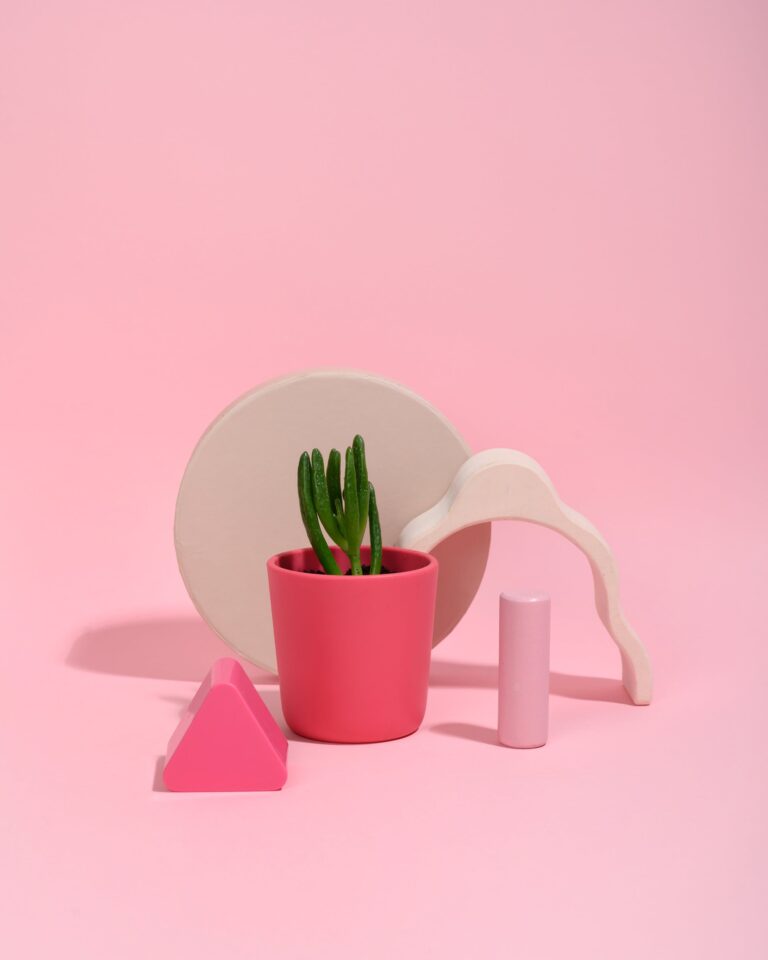
Frequently Asked Questions
When it comes to Crassula, a genus of succulents that are as charming as they are perplexing, the first question on many minds is, “Is Crassula poisonous to humans?” It’s a reasonable concern, especially for those with little ones or pets who tend to explore the world mouth-first.
What makes Crassula plants potentially harmful?
Let’s dive into the crux of the matter. While Crassula plants are predominantly known for their easy-care nature and appealing aesthetics, certain species contain compounds that may cause negative reactions if ingested. The story of Jane, a curious toddler who nibbled on a Crassula leaf, resulted in a fretful trip to the ER. Thankfully, her experience ended with a clean bill of health, but it served as a cautionary tale for plant-loving households. Jane’s case isn’t unique; it’s anecdotes like these that remind us that the plants we coexist with aren’t just decorative – they’re part of our environment that can interact with us in unforeseen ways.
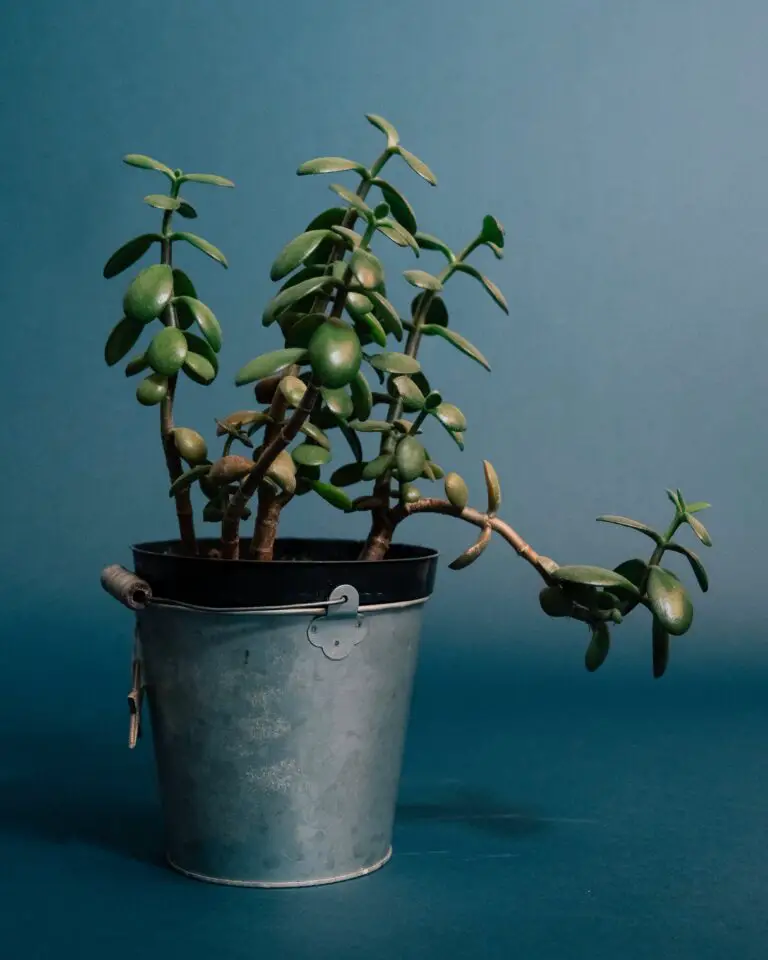
Recognizing the Symptoms
Should someone accidentally ingest Crassula, the symptoms can range from mild to severe, often including nausea, vomiting, and in rare cases, more serious reactions. Imagine enjoying a peaceful afternoon in your garden, only to notice your friend suddenly feeling queasy after absentmindedly chewing on a plant leaf. It paints a vivid picture of immediate consequences, which, while not life-threatening, can quickly dampen the mood of your otherwise idyllic day.
Safety Precautions for Crassula Enthusiasts
It goes without saying: prevention is better than cure. Keeping Crassula plants out of reach of children and pets can nip potential problems in the bud. Enthusiasts like Bob, an avid plant collector, ensures his Crassula oasis is both a visual delight and safe by arranging them on high shelves and in terrariums – spaces that invite admiration from a distance and deter touch-and-taste exploration. Even if you don’t have a curious toddler or a peckish puppy, educating yourself about the plants you invite into your living space is a form of self-care. After all, knowledge is the best tool for prevention.
Through understanding and caution, the relationship between humans and Crassulas can remain a positive and beautiful one. Enjoying these succulents for their sculptural beauty doesn’t have to come with a side of worry, as long as we’re aware and proactive about the potential risks they may pose. As you continue to cultivate your own green haven, let wisdom be your guide and safety your constant companion.
Embracing Plant Parenthood: Final Thoughts on Crassula
As we’ve navigated the leafy corridors of concern surrounding Crassula plants, it’s clear that understanding the impact of houseplants on our health is no garden-variety matter. It’s time to pot up the findings and cultivate a final insight into these charming, yet curious green companions.
First and foremost, we’ve unearthed that Crassula, while beguiling with its lush foliage, does carry a note of caution. These succulents are generally not considered a major threat to humans, but as with any botanical buddy, it’s wise to be plant-savvy. Knowing which leaves to let linger in your living space and which to weed out is key to a happy, healthy home.
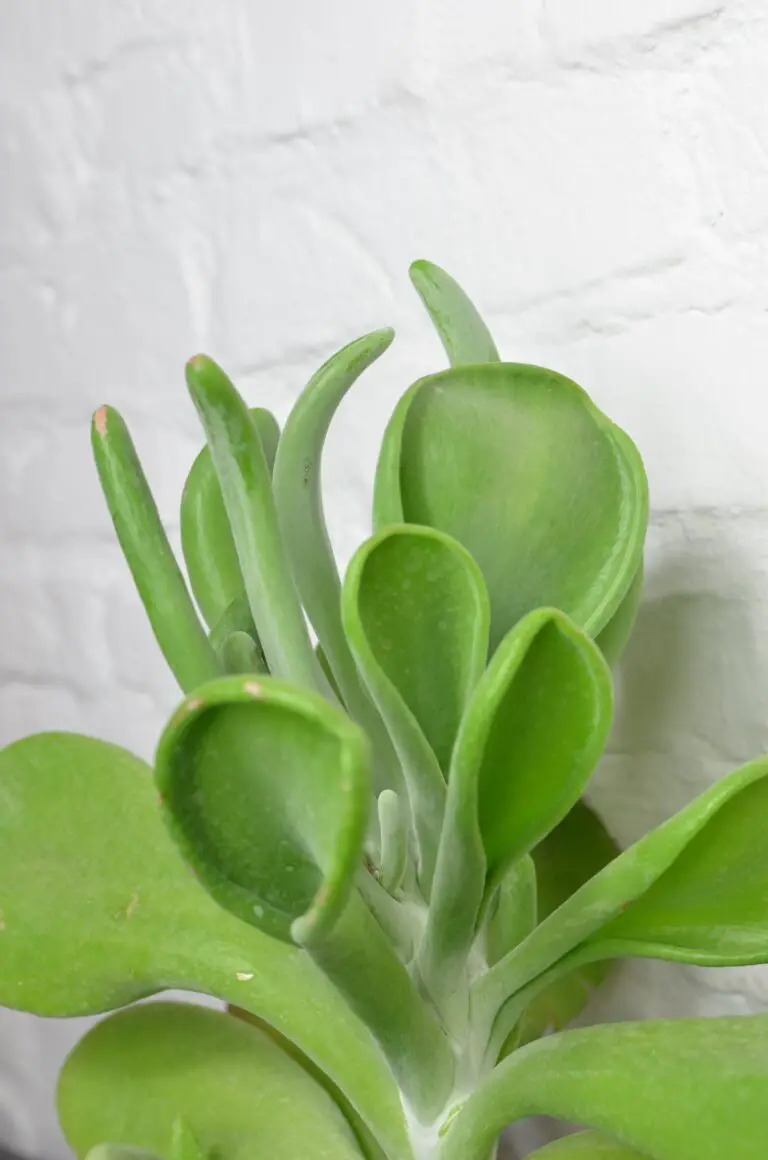
Taking a leaf from the book of seasoned plant parents, anecdotes flourish about the joys of cultivating Crassulas. They often share tales of transformation, from stark spaces to verdant vistas—all without once questioning the plants’ presence. Yet, it stands to reason—especially for those with curious pets or children—that erring on the side of caution is prudent.
Recommendations for prospective Crassula cultivators? Equip yourselves with knowledge. A touch of research reveals which green friends are welcome additions and which may be better appreciated from afar. After all, the best plant collection is one that harmonizes with the well-being of all home dwellers—two-legged, four-legged, or no-legged at all.
As we grooming the final leaves of this discussion, remember that bringing a slice of the natural world inside should be a joy, not a jungle of worry. With a bit of due diligence, you can embrace the verdant life of Crassula and its ilk, reaping the rewards of greenery without the thorns of concern.
